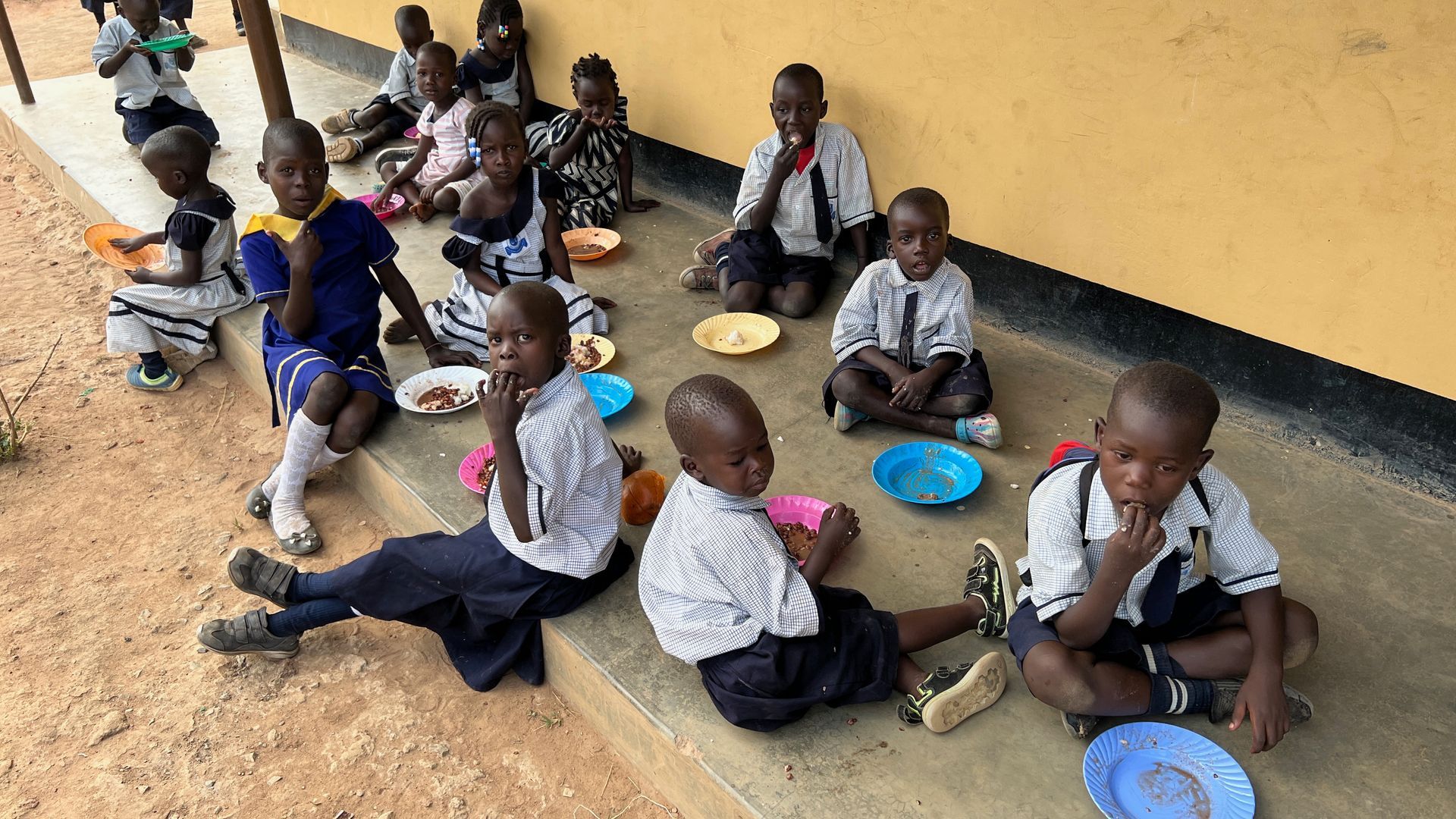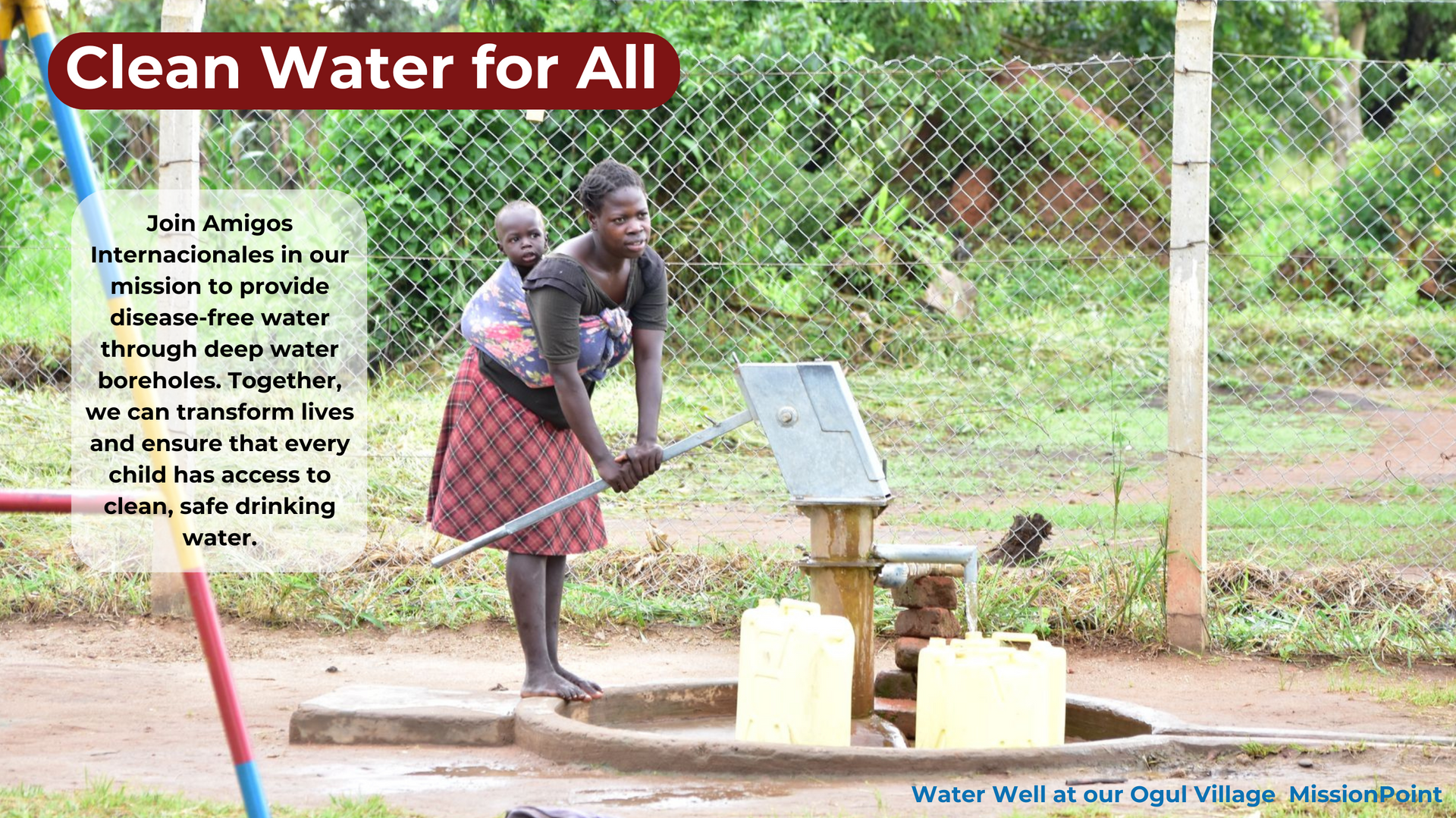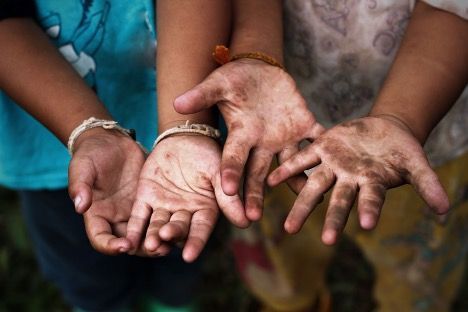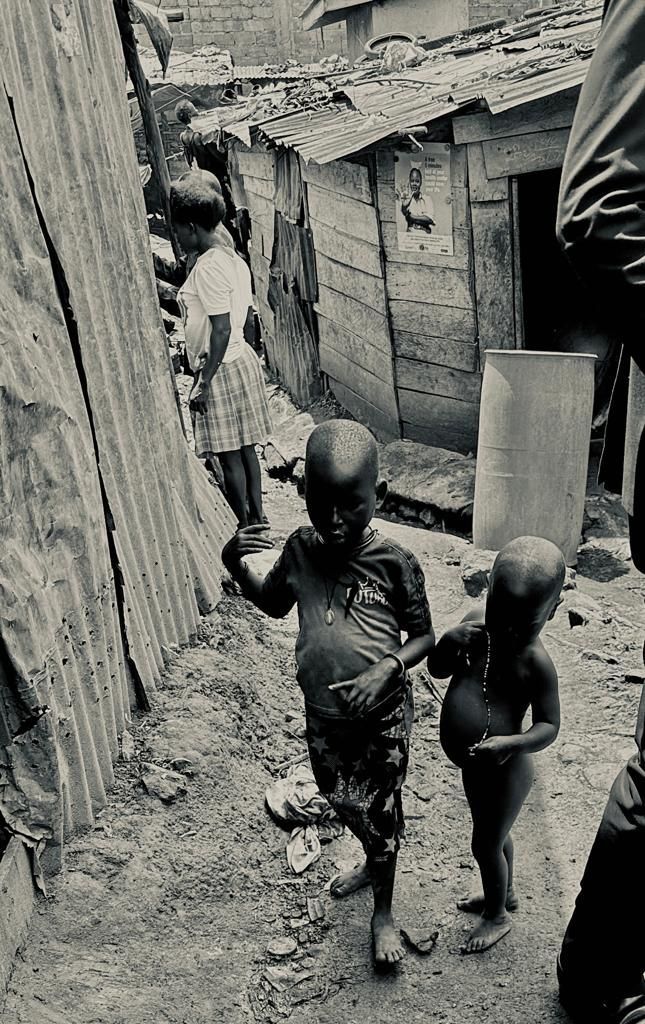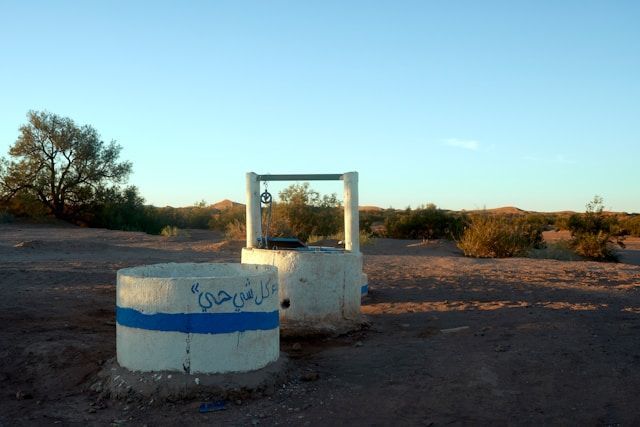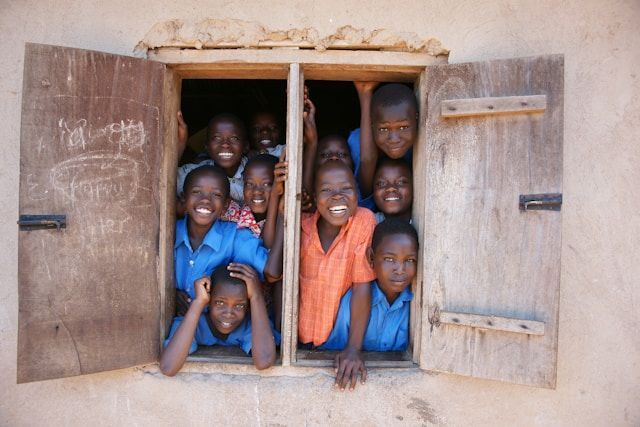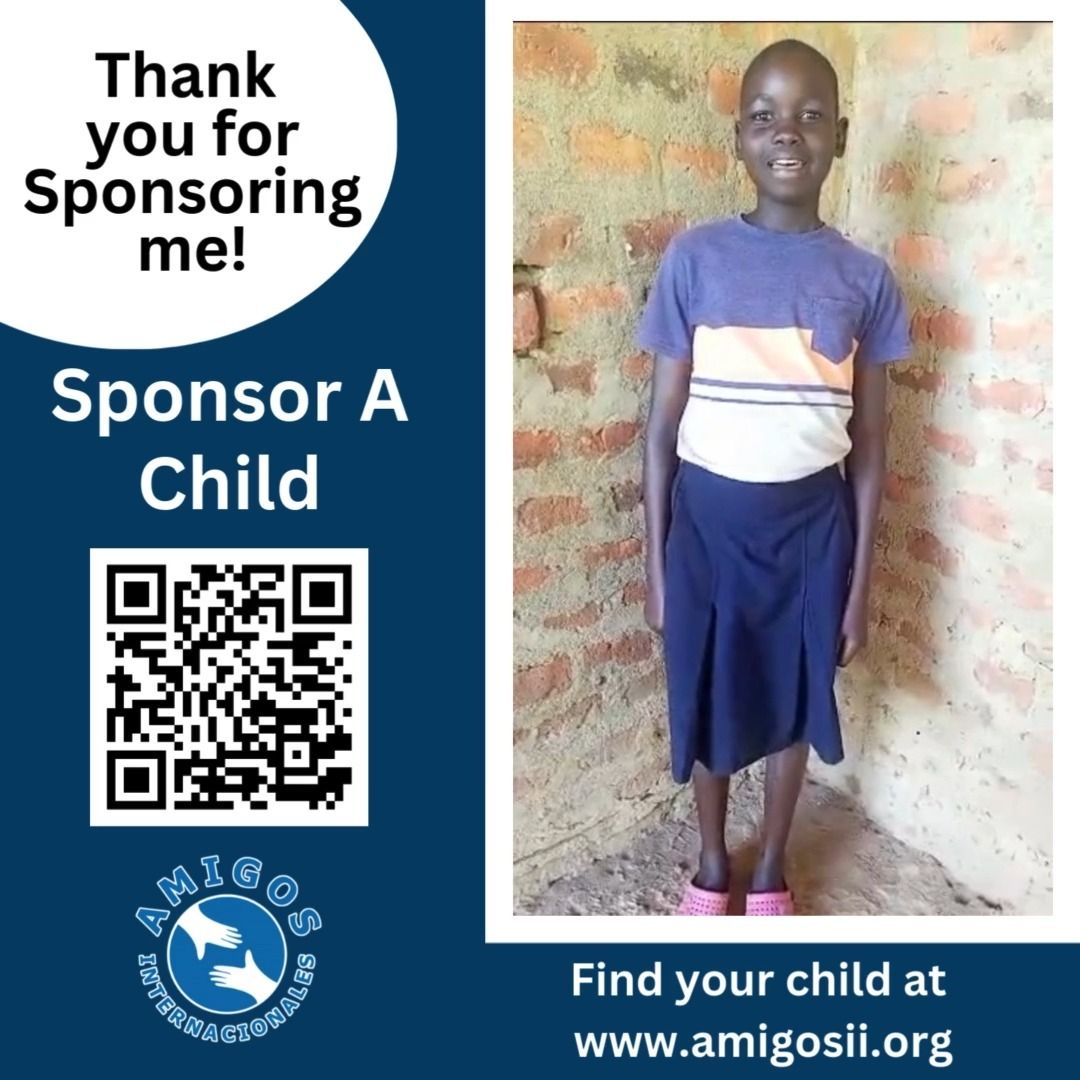The Root Causes of Child Labor
Child labor remains a pressing issue globally, robbing numerous children of a bright and joyful future. The root causes behind this menace are deeply entrenched in various socio-economic and cultural factors. Let's delve deep into understanding the reasons behind child labor.
What is child labor?
Child labor is a term that many misunderstand. It's not just about children helping out a family member at home or assisting in small chores.
Imagine children, some as young as five or six, being thrust into environments like factories, mines, or street markets. Instead of attending school, forming friendships, or simply enjoying the innocence of their simple childhood, these kids find themselves working long hours in hard places.
They're often in places where the basic rights of clean water or a safe environment are denied. Many people, when thinking about child labor, might recall images of kids in developing countries.
However, the truth is that even in developed regions, including parts of the United States, children can be found working in conditions unsuitable for their age. The effects of child labor aren't confined to the loss of education or leisure; it's a profound loss of innocence, well-being, and the fundamental joys that define childhood.
Why do children work?
The causes of child labor, especially outside the United States and other developing countries, often come from deep-rooted issues:
- Poverty: This is often the most significant reason. In rural areas where food insecurity is rampant, families often don't have access to clean water or stable income sources. Children, in their quest to support their family members, are compelled to work. Such circumstances lead to a rising number of children living in poverty, missing out on attending school, and being thrust into the labor force at tender ages.
- Educational Barriers: Lack of quality education plays a massive role. In many places, schools are either non-existent or are too expensive for families already grappling with food insecurity. When attending school becomes a challenge, work becomes the alternative. This not only perpetuates the cycle of poverty but also robs children of their potential future. An uneducated child grows into an adult with limited opportunities, often continuing the cycle with their own children.
- Societal Norms: Societal norms and expectations play a more significant role than one might think. In many cultures, there's an unspoken rule: children follow in a family member's footsteps from a young age. This might mean diving into domestic work, assisting in agricultural tasks, or apprenticing in traditional crafts. These roles, while culturally significant, often don't prioritize the child's well-being or education. The worst forms of child labor, unfortunately, are sometimes normalized or overlooked due to these deep-rooted traditions.
- Lack of Awareness: Many people don't know the worst forms of child labor. They might not understand how harmful it is, thinking they're doing what's best for their child. For example, some children face the worst form of exploitation, like trafficking or forced labor.
Some Hard Hitting Facts:
When we talk numbers, the scale of the issue becomes clear:
- Over 150 million children are trapped in child labor.
- About 73 million of these children work in dangerous jobs.
- In Africa, one in every five children under the age of 18, find themselves working in conditions that deny them access to basic needs like clean water, education and food.
Conclusion:
The effects of child labor ripple through countries, from developed nations to those grappling with armed conflict. While many believe it's mainly a problem in developing countries, even places like the United States aren't free from it.
It's important to remember that every child, whether in a bustling city or rural areas, deserves a chance at a bright future. The fact that so many are stuck in labor, from domestic work in homes to conflict zones, is a call to action.
Amigos Internacionales offers a full line of children's programs that are specifically designed to address and alleviate a range of hard issues. Through educational, recreational, and support initiatives, we aim to provide children with the tools and resources they need to overcome challenges, develop essential life skills, and reach their full potential. By participating in our programs, children not only gain a safe and nurturing environment but also a foundation for a brighter future.

Categories
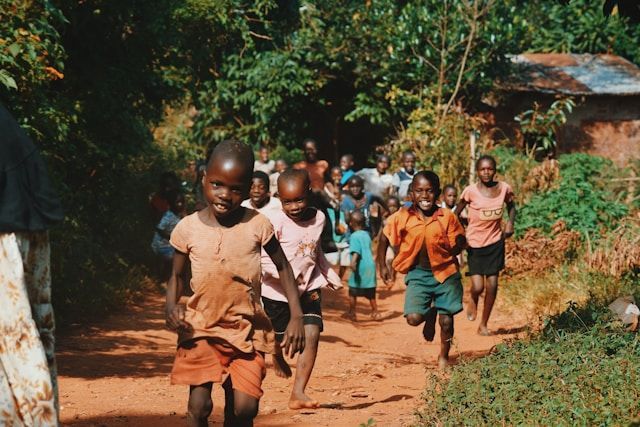
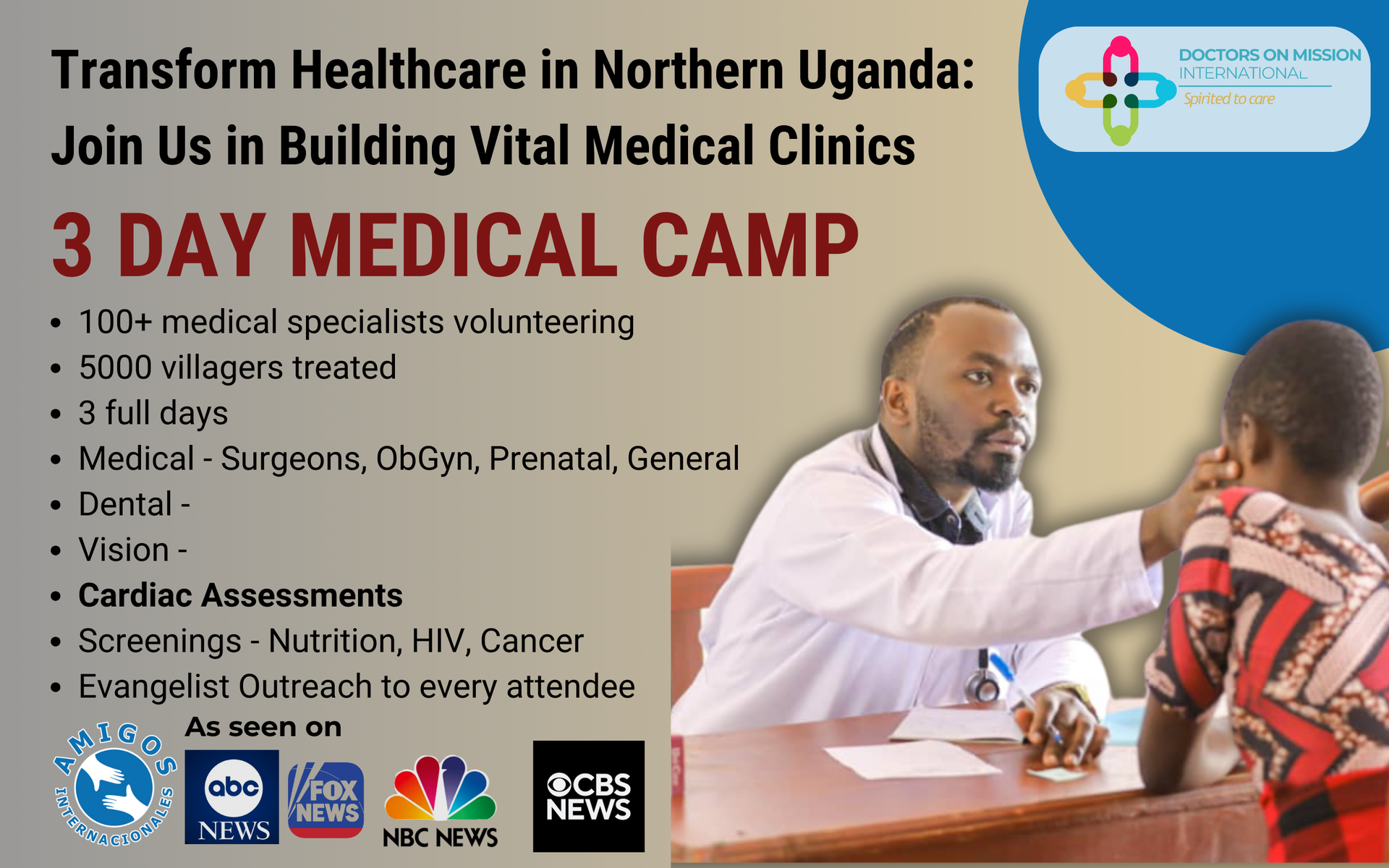
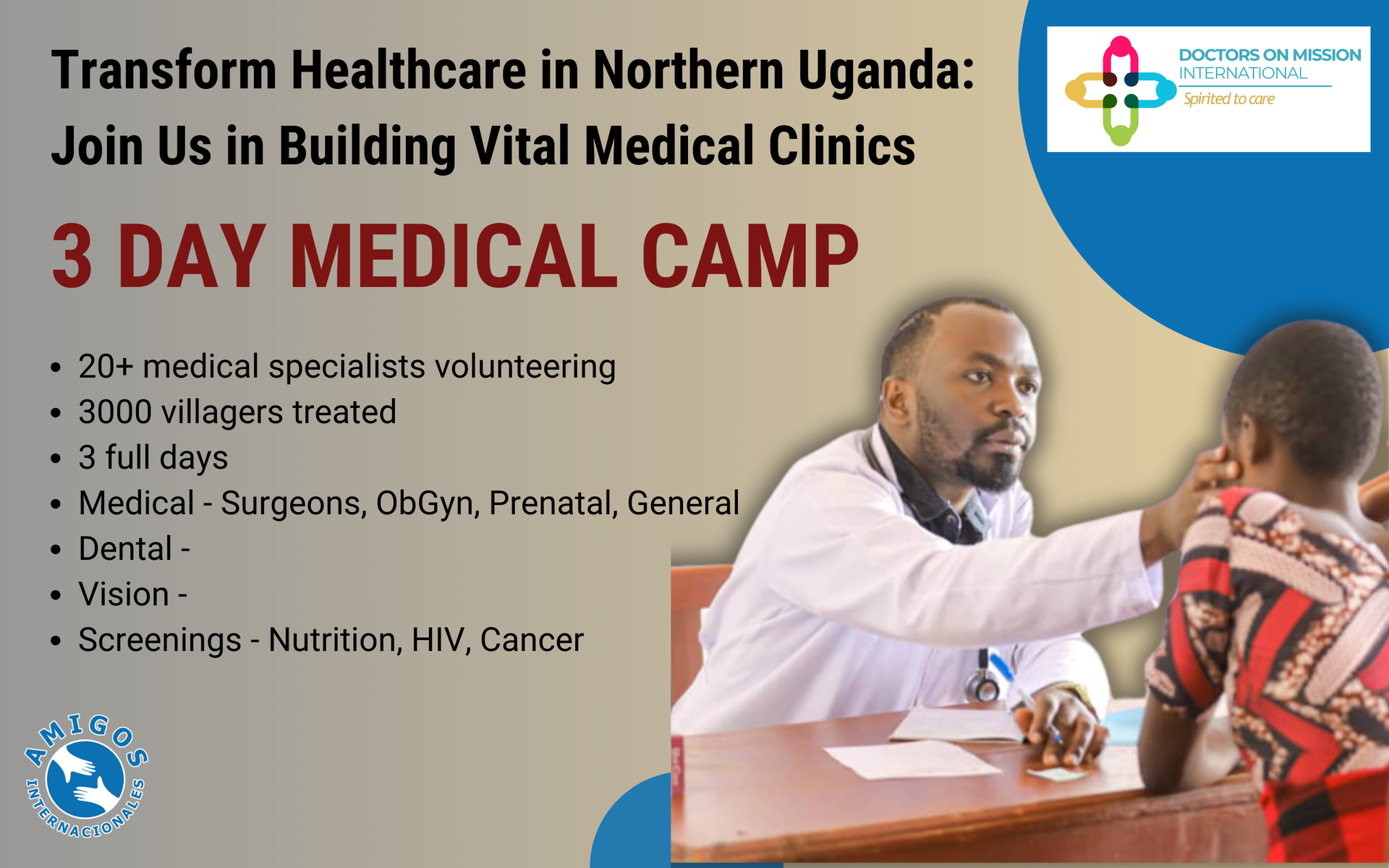


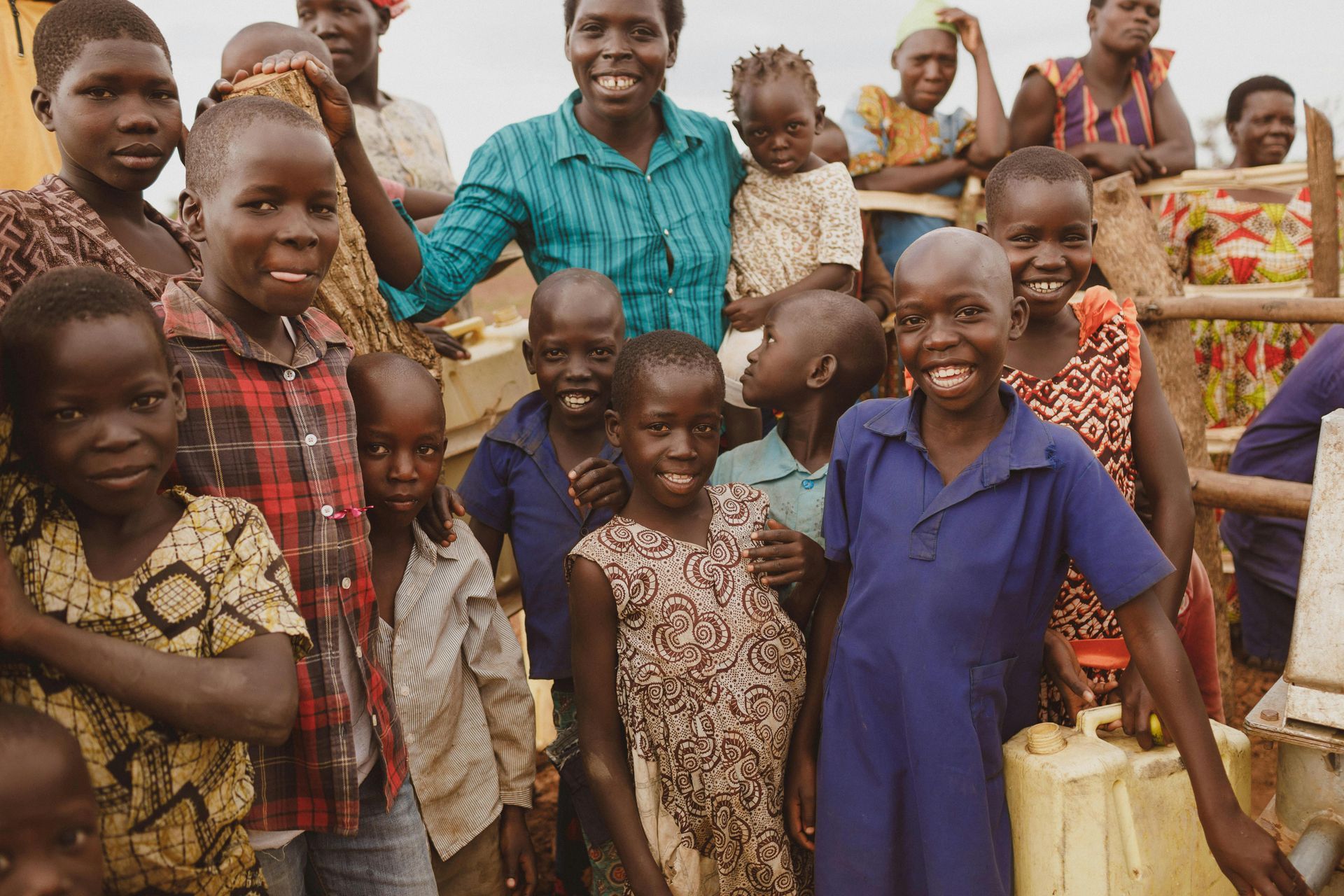

Social Media








